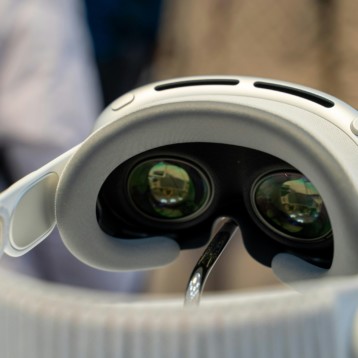An average nose has over 100 million specialized receptors which act together to identify and tell apart the different molecules they encounter. Existing electronic noses, used in a number of commercial settings such as quality control in the food industry, use the same method but often have less than 50 sensors. This means that electronic noses can discern a much smaller range of smells than the natural nose. In the natural nose the thin layer of mucus dissolves scents and separates out different odor molecules in a way they arrive at the noses receptors at different speeds/times. Humans are then able to use this information on the differences in time taken to reach different nose receptors to pick apart a diverse range of smells.
By creating an artificial mucus layer the Warwick and Leicester team were able to mimic human smell process. They placed a 10-micron-thick layer of a polymer normally used to separate gases on the sensors within their electronic nose and tested it on a range of compounds and were able to tell apart smells such as milk and banana which had previously been challenging for electronic devices.
Other advantages of the new artificial nose are its ultra thin size and very short analysis time (much shorter than conventional techniques). The artificial snot is also very cheap – around $10 a piece, and according to its developer could be on sale in about two years time. In terms of applications the researchers are looking into medical applications such as eye and urinary infections as well as skin diseases. Artificial sniffers are also used around the world to identify explosives and NASA has been working on smell sensors that can detect pollutants inside space craft to prevent the build up of potentially lethal concentrations. This is part of a larger work NASA has been doing in recent years to develop advanced "biological enhancing technologies" such as subvocal speech and blood test labs-on-a-chip.










